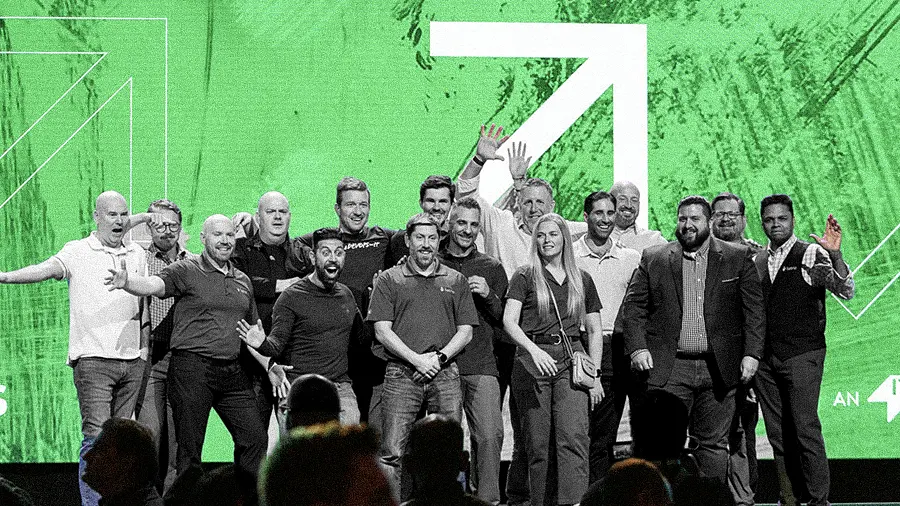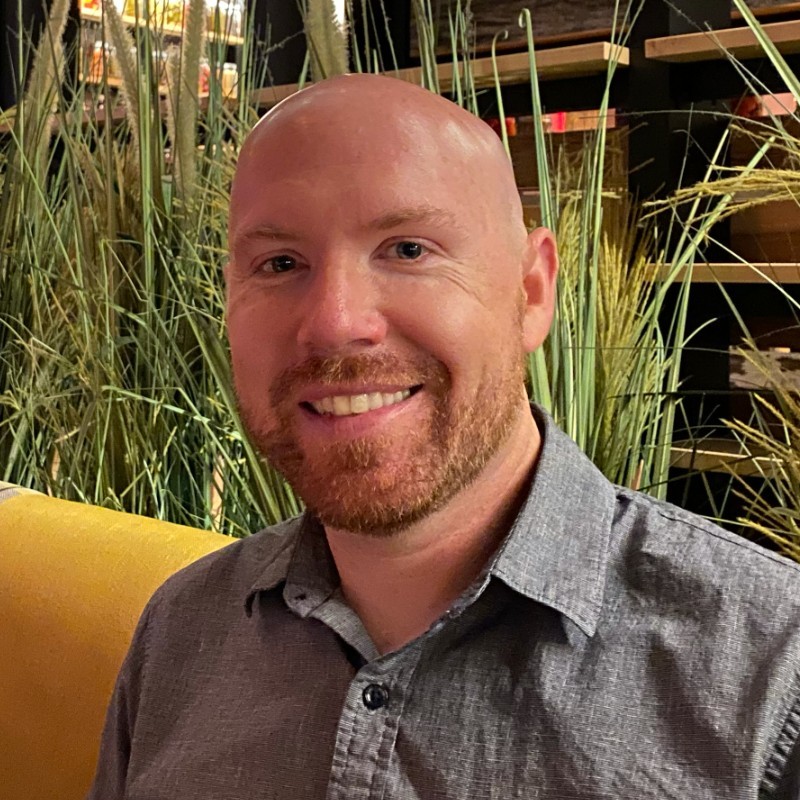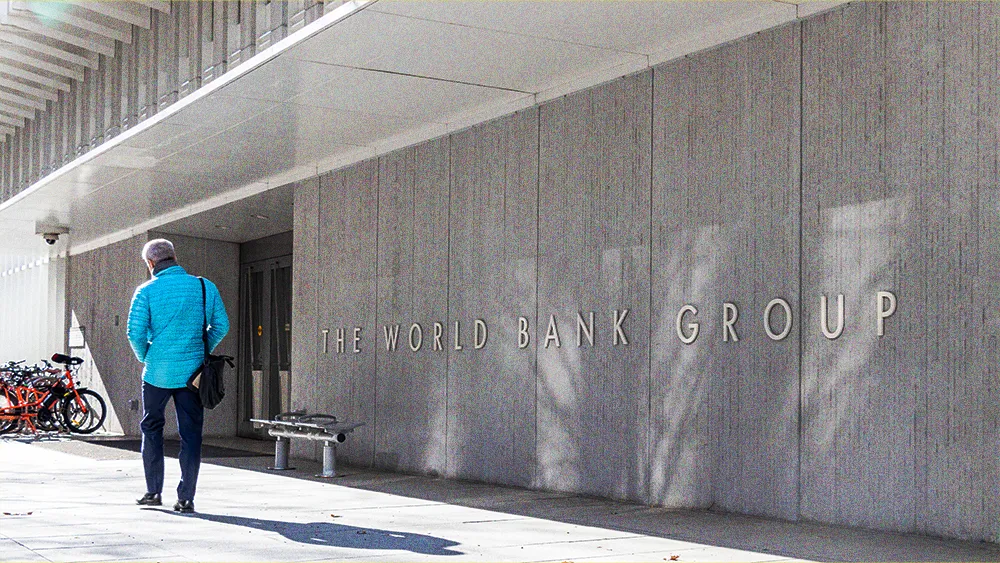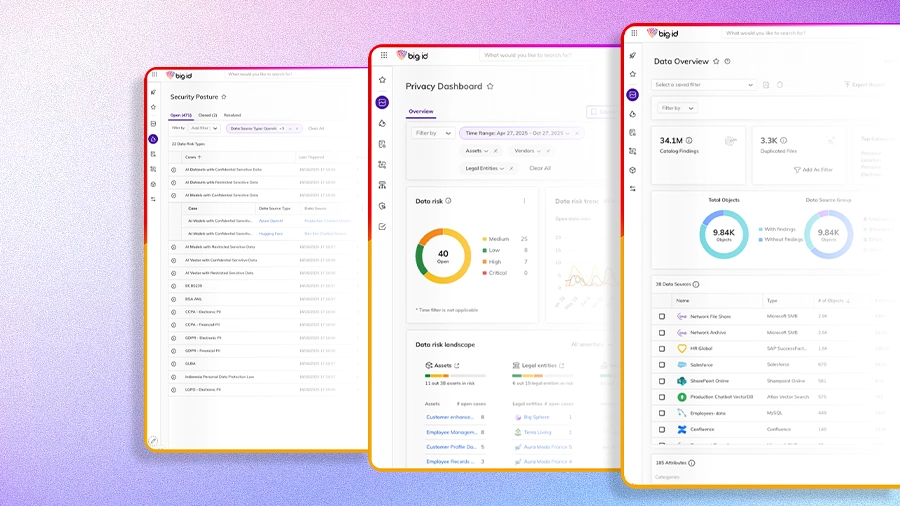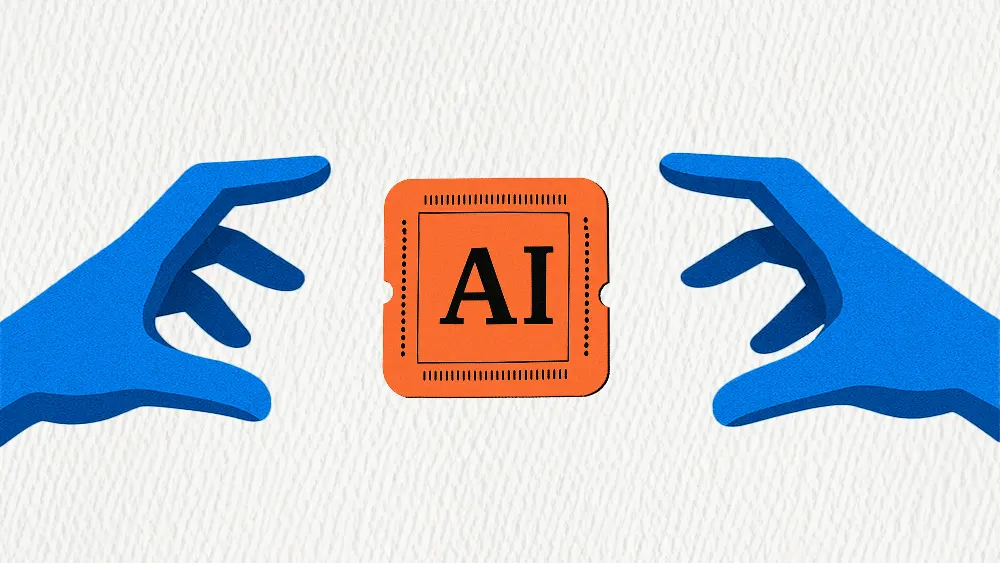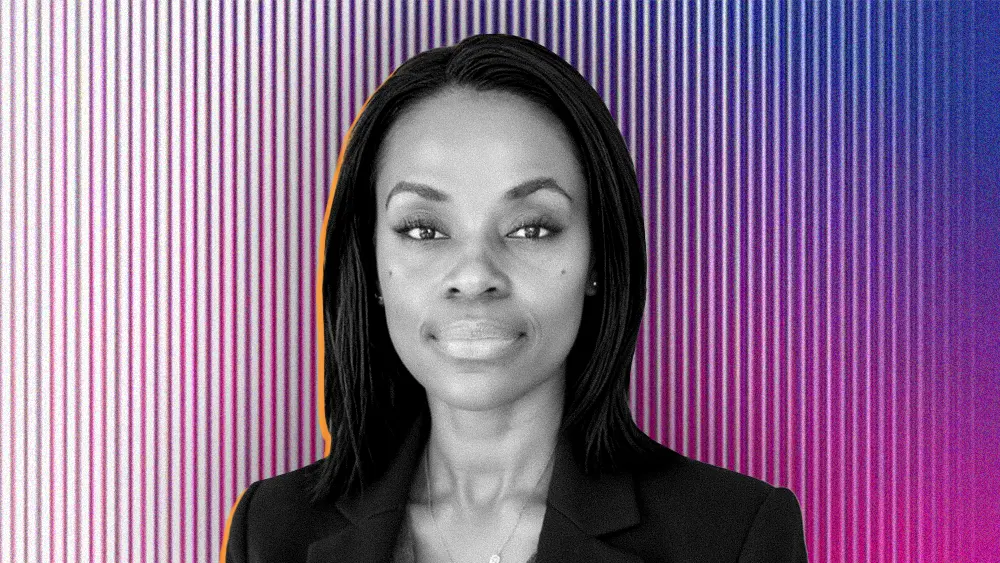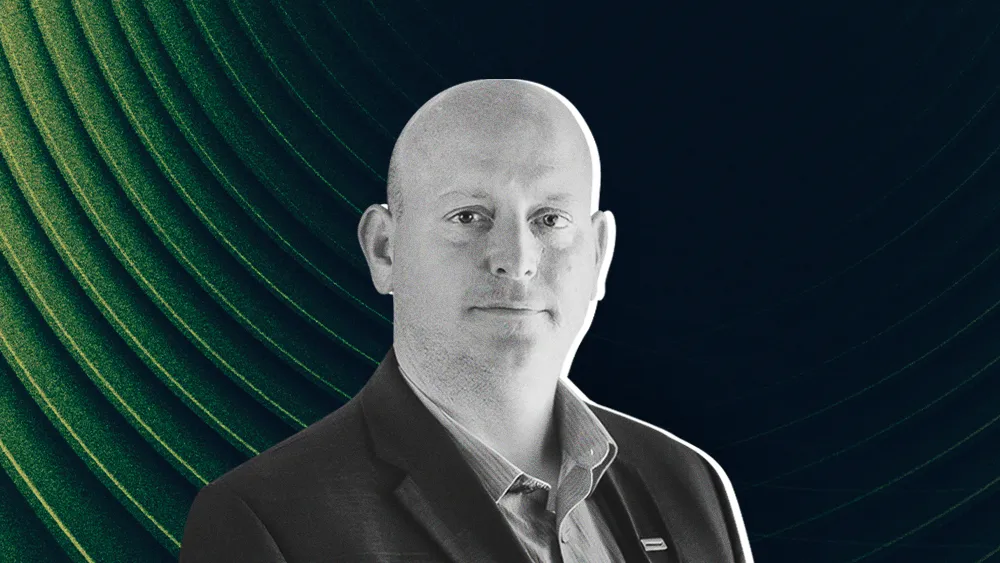Enterprise tech is undergoing a fundamental shift where infrastructure and application layers converge with the rise of agentic AI. Now, the value is moving from visible platforms into a new, invisible layer of agents that execute tasks on our behalf. For enterprise leaders, the transformation is less about adopting a single piece of technology and more about mastering a new operating model. But a new approach to governance, a radical commitment to visibility, and a thoughtful evolution of the human workforce will be necessary first.
We spoke with Robert Kelly, VP of Innovation at digital transformation company Liatrio, to learn more. As an enterprise AI implementation specialist, his expertise spans the aviation, banking, and healthcare sectors, including experience at GameStop and Texas Instruments. Kelly said leaders must fundamentally reframe how they think about control, oversight, and the roles of their people to navigate this shift.
Persona-based precision: The era of vague "Hey, AI!" hype is over, according to Kelly. Instead, results now depend on the quality of the instructions provided. But the most reliable outcomes come from specialization, not generalization. "We're seeing the most results with specific, persona-based agents. It’s about examining individual jobs, roles, and tasks to craft a well-defined persona for each one. If you can define the boundaries of those tasks or roles, then you can get the agents to perform really well."
Once the agents are defined, the question becomes how to govern them. But the traditional model of slow, after-the-fact "guardrails," like manual CI/CD gates and ticket-driven workflows, is no longer viable. Instead, Kelly proposed a move to proactive "guiderails" that embed policy directly into the workflow.
The model is only possible, however, if an organization has done the foundational work of formalizing its rules. For CISOs and enterprise architects wary of implementing AI, Kelly said the problem isn't new. But it is shining a spotlight on a pre-existing failure.
Codified governance: "The main challenge is that enterprises haven't codified their governance. You need to get these policies codified and make them available as a first-party asset. The beauty is that we may soon be able to use natural language policies as direct inputs, but they still have to be written down. That hasn't changed."
But if governance becomes an invisible, enabling force, how do leaders maintain oversight? Kelly’s answer is to make all work, human and machine, visible on a single plane, a concept he calls the "digital factory floor." With a unified view of their hybrid human-agent workforce, organizations can diagnose performance, foster team accountability, manage cross-functional dependencies, and build enterprise-wide trust.
Making work visible: "Imagine a 'digital factory floor' where you can look down across the organization and see all work in progress, by humans and agents. If there's a problem, you can instantly know what's wrong or whether a team isn't working in an AI-native way."
Ultimately, the tech transformation depends on a human one first, Kelly said. Rather than a replacement, the shift should be viewed as an evolution of existing jobs. As AI agents handle more tactical execution, employees will have more agency to solve problems instead of simply completing tasks. Eventually, human roles could become more "elastic," expanding to be more cross-functional, strategic, and focused on customer outcomes.
Cultural inertia is the most significant barrier most organizations face today, Kelly concluded. From his perspective, the flywheel of adoption will only begin to spin after a period of deliberate and patient change management. "It's going to take a lot of 'show me what this looks like' to convince folks. When you've been doing something a certain way for so long, it becomes deeply ingrained. That's why it requires a lot of diplomacy and showing what's possible. You need some hand-holding at the start to get the flywheel going."


